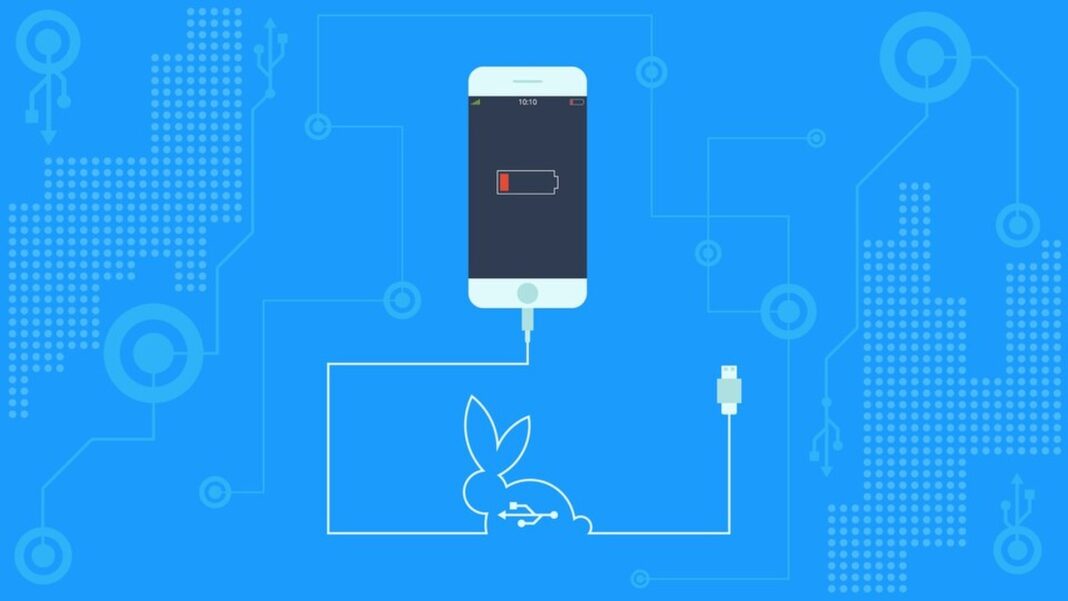Understanding Your Battery Health
Any gadget needs good batteries. It affects performance and lifespan. Battery capacity decreases with time. You may find your device depleting quicker. Understanding your battery condition might help you prolong its life. Most smartphones and laptops offer battery health settings. Checking them periodically might disclose vital information. It shows maximum capacity relative to new. Monitoring battery performance patterns might reveal concerns early.
Temperature and cycles affect battery life. Devices work best at room temp. Extreme heat or cold may damage batteries. Charging habits matter. Deep discharges and regular plugging might shorten battery life. Balance is key. Battery health may be improved via partial discharges and recharges. Performance may also be restored via calibration. Users may better care for batteries using these insights. Use this information to enhance battery life and performance.
Top Features That Drain Your Battery
Many features consume batteries. Location services and high screen brightness are typical causes. Devices use more power at full brightness. Lowering brightness saves battery life. GPS and location tracking applications also use electricity. When not in use, disable these settings to conserve energy. Another feature is background app refresh. Off screen app updates drain battery. Limiting this conserves batteries.
Notifications may also deplete batteries quicker. Every alert requires processing power and lights up the screen. Adjust notification settings to minimize disruptions. Connectivity features deplete batteries too. Bluetooth Wi Fi and mobile data use energy seeking for connections. Disconnecting these services while not in use is smart.
Some systems provide many data syncing alternatives. The appropriate data syncing balance may save battery life. Other battery intensive functions include extensive gaming and high resolution films. Limiting these activities at important moments helps maintain charge. Knowing which functions deplete the battery helps control device use. Simple but effective modifications may extend battery life.
Optimizing Screen Brightness And Timeout
Power consumption is strongly affected by screen brightness. Brighter settings consume batteries quicker. Many gadgets have adjustable brightness. This function adjusts brightness to ambient light. Use this to improve battery efficiency. Manually lowering brightness is possible. Find a comfortable eye friendly brightness to conserve electricity.
Screen timeout settings are crucial. This feature controls display runtime while not in use. Timeouts may be shortened to preserve battery life. Set it to 30 seconds or 1 minute instead of default. This saves energy by turning off the screen rapidly. A dark screen saves plenty of electricity. Dark mode on many smartphones helps save battery life.
Making these changes to everyday life is easy. Users should monitor brightness and timeout. Reviewing these alternatives regularly maximizes efficiency. Visibility and battery life may coexist. The technique involves minimal setup changes. These methods boost battery life. Simple changes may boost battery life throughout the day.
Managing Your Apps For Efficiency
Apps are essential for regular device use. They may also deplete batteries thoroughly. Efficient app management extends battery life. Check which applications use the most energy. Most gadgets report battery use. Reviewing these numbers reveals energy hogging apps. Close or remove seldom applications. This frees battery power.
Apps must be updated regularly. Performance and battery enhancements are common in developer upgrades. Keep applications updated for efficiency. Reduced application activity improves battery performance. Multi app use increases energy usage. Shut off unwanted background apps routinely. Setting background data limits helps save energy.
Consider update frequency. Frequent software updates might exhaust resources. Reducing this frequency saves battery. App notifications can deplete batteries. Limiting alerts saves energy and reduces distractions. These improvements take time but pay off. An orderly app management system improves battery life.
Using Battery Saver Modes
The majority of gadgets have battery conservation options. Activating these settings boosts battery life. These options change several functionalities when activated. Limiting background data reduces performance. This setting may also reduce notifications. These changes save energy for essentials.
Different intensity levels are available in battery conserving modes. Adjust parameters as needed. Moderate intensity may work for regular usage. Critical occasions may need high intensity. Understanding these parameters boosts battery performance.
Some gadgets have scheduled battery savers. Customize when these modes activate automatically. So they don’t have to remember to turn them on. They activate off peak when performance isn’t important. Users may extend device life using battery conserving options. On hectic days this little modification might calm you.
Disabling Unnecessary Background Activity
Location services syncing and refreshing may occur in the background. These features may improve usefulness but deplete batteries quickly. Disabling background tasks saves battery power. Check app settings for background activities often. Users seldom require all applications to sync or update data.
Adjust settings to reduce background data. Certain smartphones provide background app controls. Disabling unnecessary ones may boost battery life. Controlling app data access helps manage power utilization. Location services might drain energy. Apps that use location data drain battery life.
Setting location settings to only access when needed lessens its influence. Thus programs only utilize location services while activated. Controlling background activities improves device performance and lifespan. Small changes may provide enormous benefits.
How Do I Identify Apps That Drain Battery?
Built in device settings identify battery draining applications. Most OSes track battery use. Such numbers rank applications by power consumption. This data may show which applications use the most energy. Look for Battery or Power in device settings.
Time based battery monitoring is another method. If an app is often used, examine its need. Apps with plenty of graphics or location services are more demanding. Permissionless apps and frequent alerts may deplete batteries. Reviewing these backdrops periodically might reveal battery performance.
Uninstalling or deactivating the most demanding applications helps immediately. Regular checkups may maintain battery health. Developers improve applications to save energy so check for updates. Staying aware and proactive helps discover and manage energy intensive applications.
What Settings Should I Adjust for Longer Battery Life?
Specific adjustments may extend any device battery life. Reduce screen brightness and timeouts. Dimmer screens save electricity. This is simpler with adjustable brightness. Try deactivating redundant background apps. Background activity reduction greatly reduces power usage.
Another crucial parameter is data synchronization intervals. Reduce app sync frequency or limit it to Wi Fi. Disabling app updates help. This prevents non critical updates from draining batteries. Also important is location service management. Only allow applications to utilize location data while active.
When not in use, disconnect Bluetooth and Wi Fi to save power. These settings should be checked and adjusted often for battery efficiency and durability. Users may improve battery life and keep their smartphones charged all day by following these tips.



